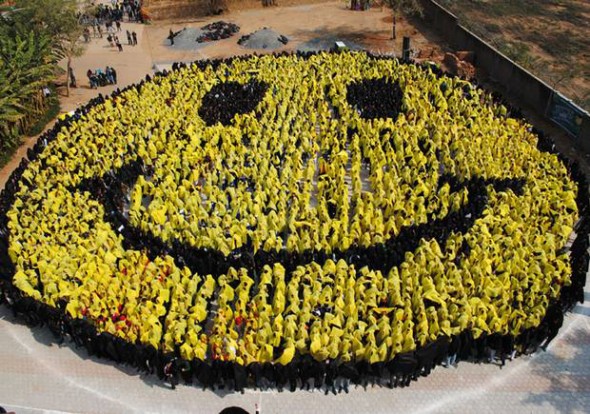The emoticons are now so prevalent that the brain has learned to see these images as real persons, according to a research by Australian scientists, published in the journal Social Neuroscience. First appeared when Professor Scott Falman proposed the smiley and sad emoticon [ 🙂 and 🙁 respectively ] as representations of the human face on the board of Carnegie Mellon University in Pittsburgh. Since then appear more and more often to the internet and sms.

Dr. Owen Tsertis and colleagues at the University of Flinders Adelaidas watched the electrical activity of the brain in 20 volunteers who were asked to look real face, smiling emoticon or meaningless sequences of characters. As shown by the analysis of the results, the patterns of brain activity was the same in the case of real persons and emoticon, which means they are perceived as real persons.

Also, it was found that the activity pattern changed and no longer correspond to a real person, when the image of the emoticon and was reversed (- :. What is striking is the identification of researchers that the brain’s response to the emoticon is a natural reaction but something that we learned from its use in recent years.

By Nicole P.



